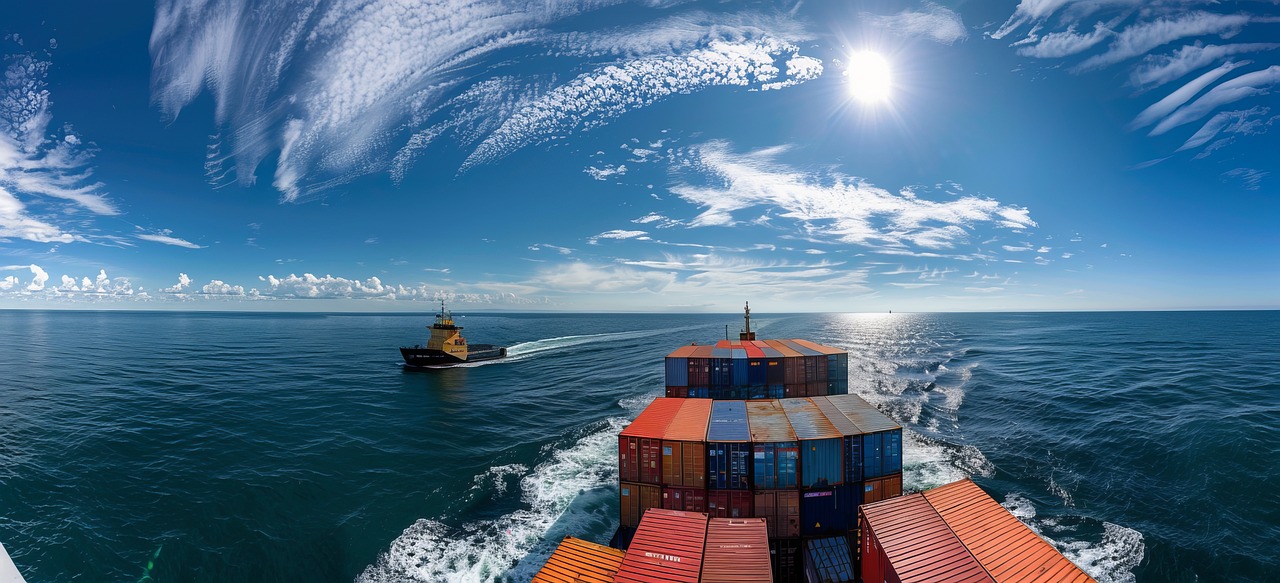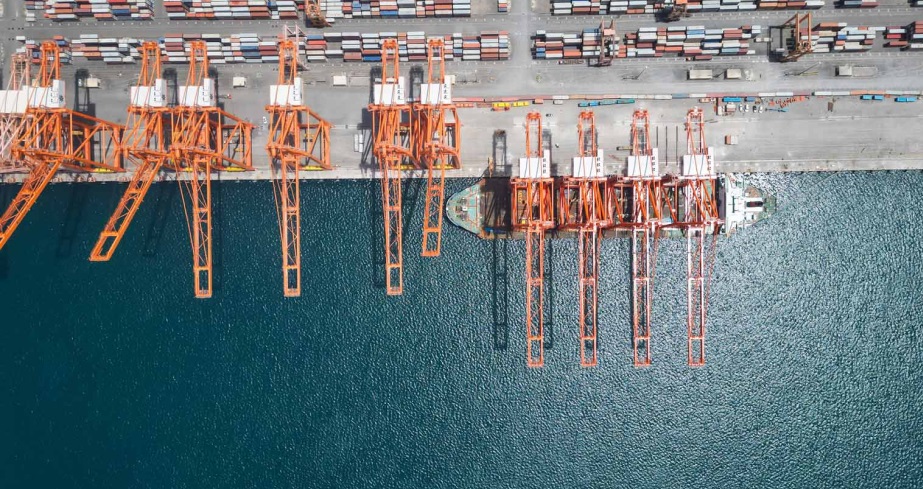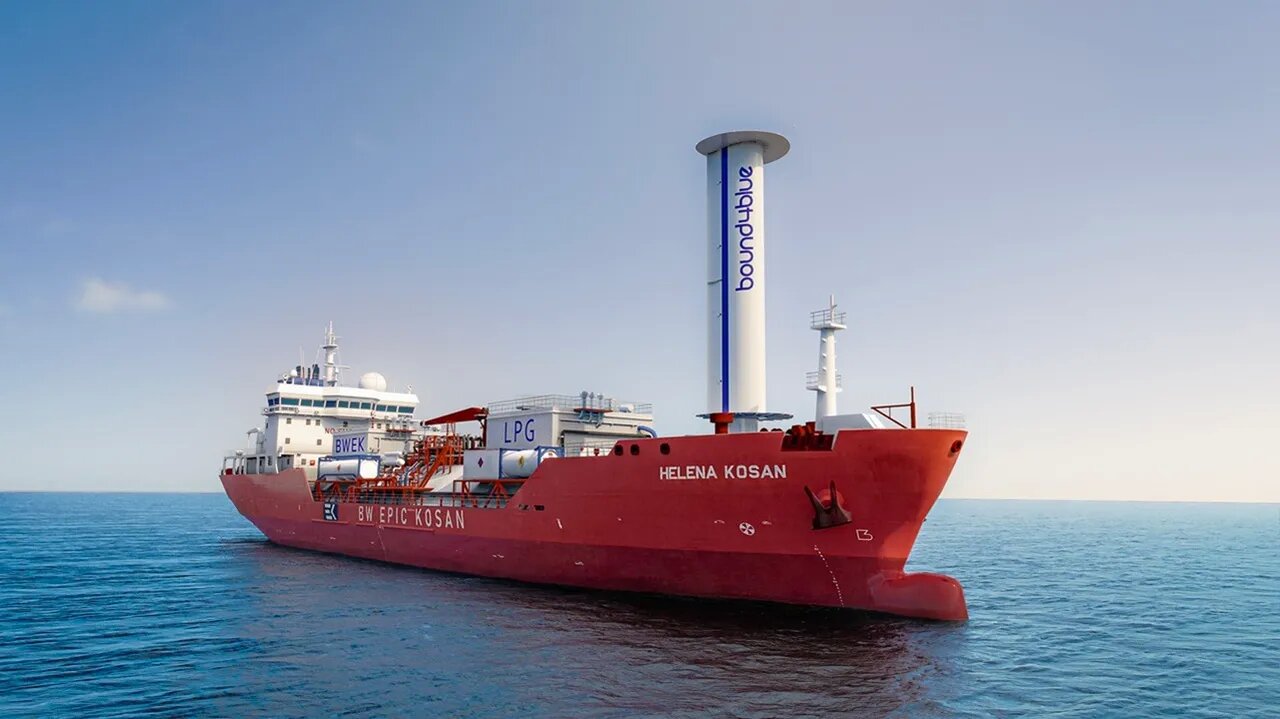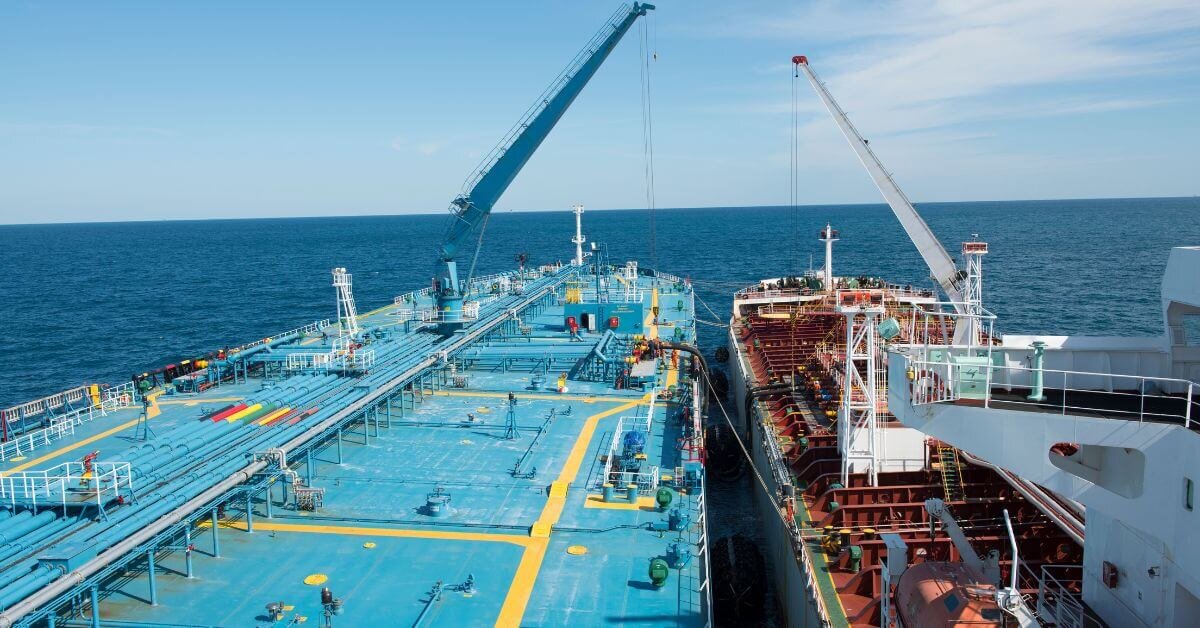This May, the UK Hydrographic Office (UKHO) appointed Vanessa Blake as its chief executive, a role she had filled on an interim basis since May 2024. Blake first joined the UKHO in 2023 as chief customer officer, drawn by how the role leveraged all her experience and skills while still presenting a new challenge.
Employing a marketing tack
“I love the variety, the passion of the people here to share our expertise and help mariners across the globe to navigate safely,” said Blake. “It’s an amazing organization, delivering a strong purpose for safe, secure and thriving oceans – and one that I am proud to work for.”
“Prior to taking up the role of chief executive, my role as chief customer officer enabled me to gain a critical understanding of how our partners and customers trust and rely on us to be a leading source of guidance and assurance, helping them to stay one step ahead in a rapidly evolving maritime landscape.”
Her career started in sales and marketing, becoming managing director for a fundraising marketing agency. “I have specialized in customer experience and transformation for the last 25 years and I have extensive experience of the commercialization of new products,” she added. “This strong commercial customer-centric background brings a fresh perspective to the leadership of the UKHO at an exciting and important time for the organization.”
Ahead of the currents
The UKHO boasts a rich and longstanding history of providing trusted navigational charts and information for more than 230 years. To date, 90% of ships trading internationally rely on the UKHO’s ADMIRALTY products. In 2024, the UKHO received and processed 123 terabytes of bathymetric survey data, collected through partnerships with over 120 other hydrographic offices across the globe and over 250 ports in the UK and Ireland.
“This collective effort enables us to produce the 20,000 Electronic Navigational Charts (ENCs) that are currently in service via our ADMIRALTY Vector Chart Service (AVCS),” she said. “Distributed by a network of 100 distributors, our portfolio of ADMIRALTY products and services are used on over 80,000 vessels worldwide and around 3,000 Defence Service Delivery customers – supporting safe navigation and enhanced situational awareness.”
ADMIRALTY ENC being used on board. Credit: UKHO
ADMIRALTY ENC. Credit: UKHO
More data, better navigation
In particular, the UKHO is engaged in the introduction of the International Hydrographic Organization’s (IHO) forthcoming S-100 framework, which will help standardize the way maritime data is collected, shared and used.
“Building on the foundations laid by S-57 (the standard for today’s ENCs), S-100 will bring together interoperable data layers including high-resolution bathymetry, surface currents, tides and more,” explained Blake. “This will provide an enhanced view of the marine environment to support more efficient and precise decision making for a range of users. That richer picture could enhance situational awareness, enable greater efficiencies and even support greener operations.”
The UKHO is currently testing S-100 data in sea trials to better understand its benefits, as well as contributing to the conversation through panel discussions and education resources.
Mapping, particularly on the seafloor, also plays a crucial role in maritime defense and subsea infrastructure.
“As part of the Ministry of Defence, the UKHO plays an important role in supplying the Royal Navy and all UK defense vessels with the information needed to support its operations and navigate safely.
To provide the most comprehensive picture of UK waters, the UKHO works closely with other government partners to promote the sharing of seabed mapping data. “This includes leading initiatives such as the UK Centre for Seabed Mapping, which brings together over 30 organizations across the public sector to share vital seabed data – from rich bathymetry to pipelines and cables. This data not only supports marine planning, resource management and environmental planning, but certainly has an important role to play in national security.”
Bathymetric data. Credit: UKHO
Adapting to change
The UKHO is no stranger to rapidly evolving trends like autonomy and artificial intelligence. “Autonomous technologies are certainly poised to transform our operations – not only in how we collect and process incoming seabed mapping data, but also in how we support safe autonomous navigation in the future,” Blake said.
The UKHO, leading the IHO’s Maritime Autonomous Surface Ships (MASS) Project Team, is working alongside international partners to identify present and future navigation needs and to ensure that hydrographic data is standardized to support autonomous technologies.
“One of the most promising developments in autonomous technologies is to support safer and more sustainable data collection methods,” she said. “Our recent work with XOCEAN, a company specializing in Uncrewed Surface Vessels, demonstrated the possibilities for more efficient, less intrusive autonomous surveying methods. As part of our Civil Hydrography Programme, XOCEAN’s USVs were able to gather high-quality bathymetric data of the seafloor, all while being operated remotely by an onshore team.”
XOCEAN USV at sea. Credit: XOCEANAI is also poised to transform the maritime industry in the coming years. “For the UKHO, AI presents an opportunity to modernize the way marine geospatial data is collected, processed, and delivered,” Blake explained. “By leveraging AI, the UKHO can improve the speed and accuracy of our chart production, improve the accuracy of data interpretation, and it also has the potential to enable predictive analytics for safer navigation.”
Looking Ahead
Beyond adapting to evolving needs and demands, Blake recognizes the UKHO’s technology and solutions must keep up with the industry. “Through a combination of targeted investments and a collaborative approach, we have invested to stabilize and secure our technology estate,” she said. “The result has meant we have increased service availability by 37% compared to the previous year, ensuring that we deliver faster, more efficient and higher-quality products to our customers and partners.”
“We have also invested in our data-processing capabilities, improving efficiencies in how we receive and process data from ports – which are among the most dynamic maritime environments.
Surveys and data received by the UKHO are now processed and published more than 50% faster than before.
Despite rapid and often unforeseen technological developments, Blake’s mission as an agency serving industry and government is clear.
“My focus is to work alongside my colleagues in ensuring the UKHO delivers its vision to be the beacon for quality, innovative maritime navigation solutions, trusted by customers and partners worldwide. We will continue to support safe, secure and thriving oceans, while playing our critical role in delivering the defense plan to make our country secure at home and strong abroad. We remain committed to delivering value for our customers and the global hydrographic community, as a proactive and collaborative partner.”




